ASF Belgium: Virus knocks on French border
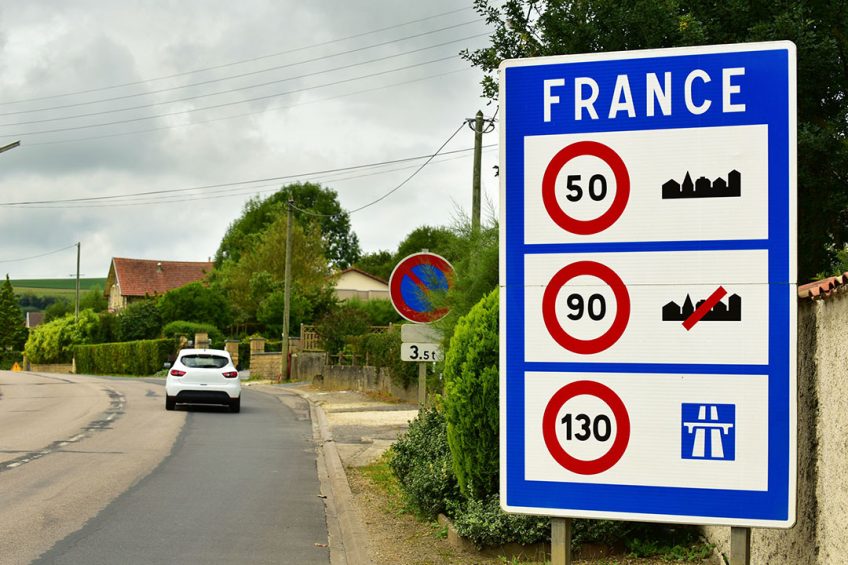
In comparison to the scale of China, the African Swine Fever situation in Belgium is only tiny: only in wild boar and well under control. Still, the virus has been advancing to an area at about 3km from the border with France.
Local sources report that just before Christmas, a number of carcasses of dead wild boar have been found outside the control zone. One of them would have been found on December 17, near Gérouville, a village that is roughly 3 km from the French border. According to the French newspaper L’Est Republicain this carcass has already been confirmed to be ASF.
The newspaper also reported about 10 more carcasses, found on December 22, near a container park in nearby Meix-devant-Virton. On December 28, however, the newspaper reported that none of these had tested positive for ASF.
Inner zone for ASF control
If confirmed positive, ASF clearly has stepped outside the zones which the Belgians have created in order to fight ASF, see map. The Kernal Zone and the Buffer Zone together form Zone II which is intended for containment purposes. In the map below, this zone is pink. Around this is the peripheral zone, intended as a buffer zone (Zone I), which has a blue colour. It looks like the system is not 100% water tight, as e.g. through roads lead in and out of the area. The realisation therefore now grows that ‘further advance into French territory seems just to be a matter of time’.
So far, no domestic pigs have been reported infected there. In the Kernel Zone, Buffer Zone and the Reinforced Observation Zone, domestic pigs were culled late September and early October to avoid a contamination into the Belgian pig herd.
Figures from the OIE
On Thursday, December 27, the World Organization for Animal Health (OIE) published an overview of the outbreaks in Belgium until December 20. It is unclear whether the latest findings have already been included in the OIE figures. The overall image however, corresponds with the tendency noted by the newspaper, that the virus is moving west.
According to these official data, the closest confirmed outbreak was found on December 14 at 2.8km in a straight line from the border with France. This outbreak was outside the inner safety zone and outside the inner safety zone, as can be seen in the map. As can be seen in the map, all dark red outbreaks date from December 2018. Quite a few of them occurred in the west of the infected zone.
According to the OIE, the total number of outbreaks until December 20 had increased to 148. This included 256 wild boar having been confirmed infected with 250 animals of them which had already died.
Figures from Belgian authorities
In their latest update on December 21, the Belgian Federal Agency for the Safety of the Food Chain (FASFC) have counted 245 dead wild boar. According to the Belgian agricultural organisation Boerenbond, in total 639 carcasses have been tested for ASF until December 17, both inside and outside the designated zones.
France and measures against ASF
The French authorities have shown a keen willingness to respond to the ASF threat ever since the virus was confirmed in wild boar in southern Belgium in September 2018. The French have stepped up its surveillance in the neighbouring Meuse department and also fences have been raised at the border to keep wild boar from entering into France.

Read more on African Swine Fever in the Health Tool
ASF in Poland
In Poland, after a phase of relative lull, new cases of African Swine Fever are being reported in wild boar. Mid-December, about 100 new cases were reported, according to news agency Agra Europe, whereas in October the numbers had dropped to underneath 10 per week. It is, however, no surprise that the virus makes more victims towards the end of the year.
It looks like the virus does march on. Local Polish media report that the virus has been confirmed near Lodz at about 130km west of the capital Warsaw.
There is also reason for concern as increasingly, wild boar are being found with partial immunity against the virus. In the last few weeks in total 22 of these cases were found. That would mean that currently 1 in every 5 wild boar could be resistant and in that condition can transport the virus even further.
Join 18,000+ subscribers
Subscribe to our newsletter to stay updated about all the need-to-know content in the pigsector, three times a week. Beheer
Beheer

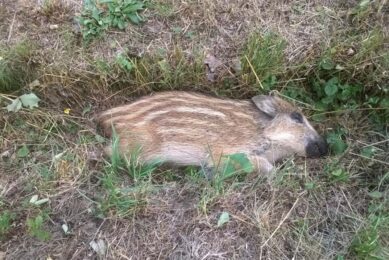
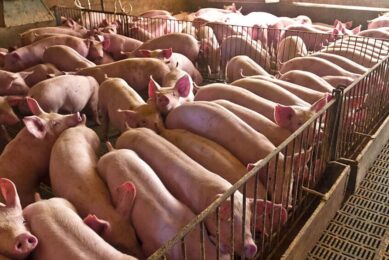
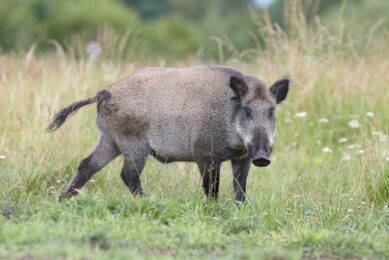
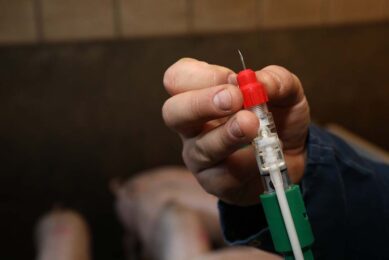





 WP Admin
WP Admin  Bewerk bericht
Bewerk bericht